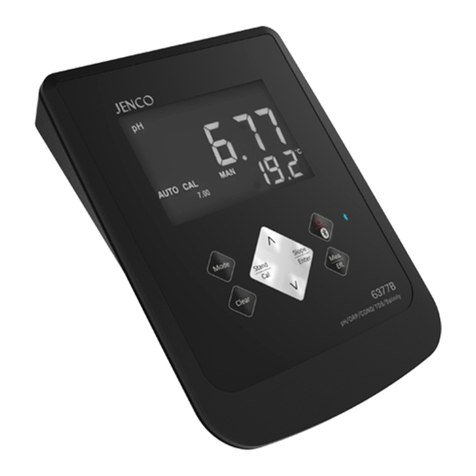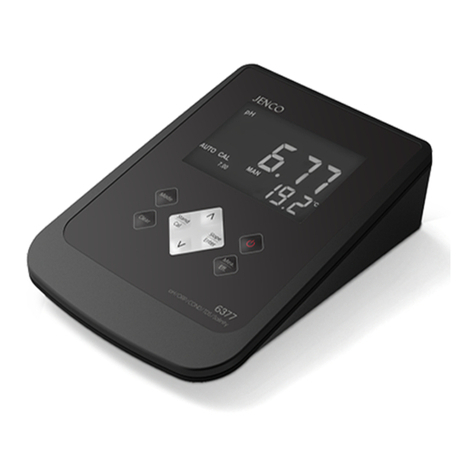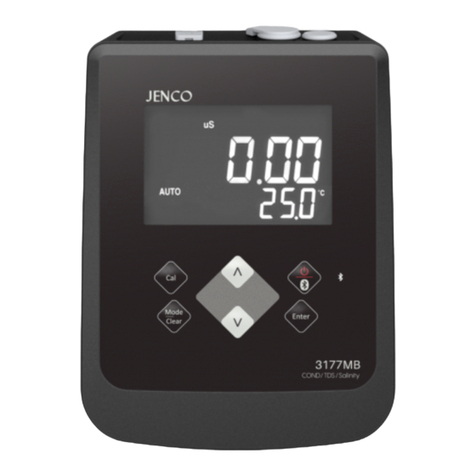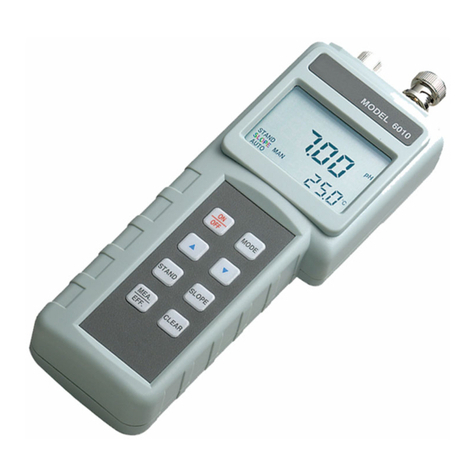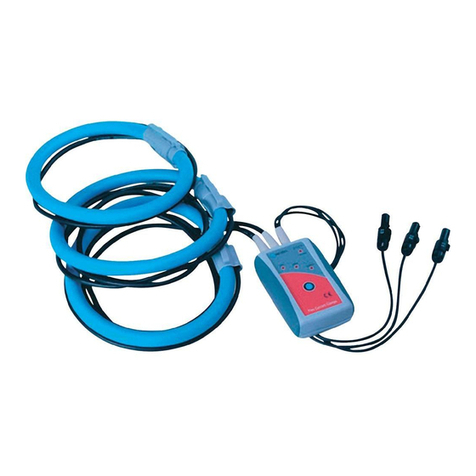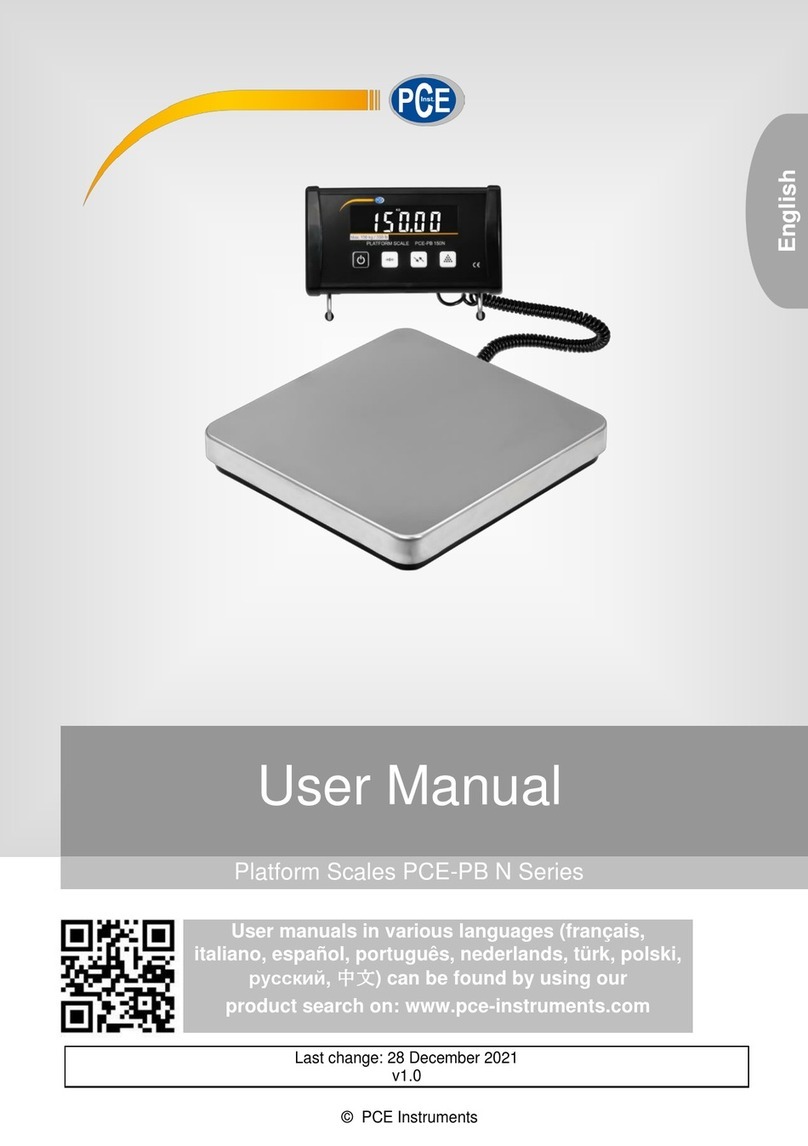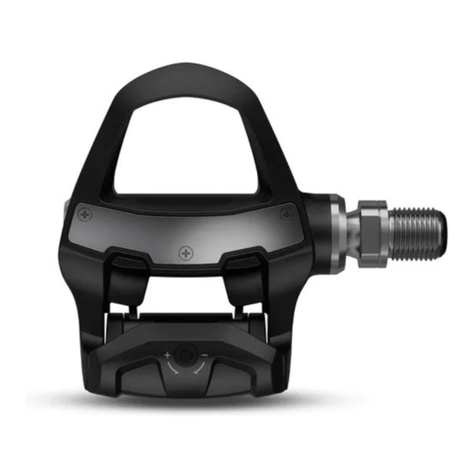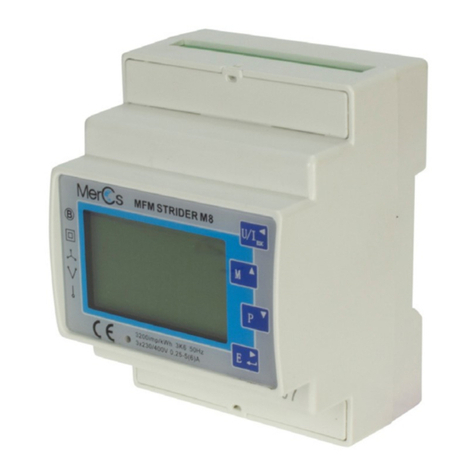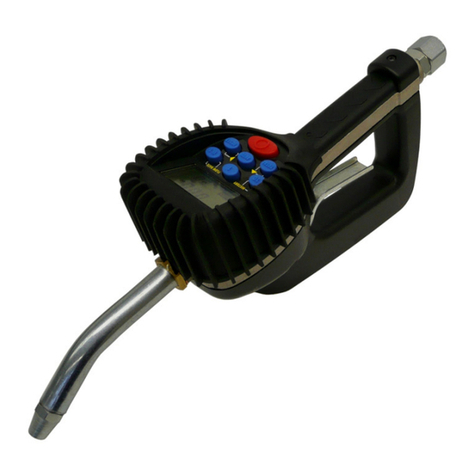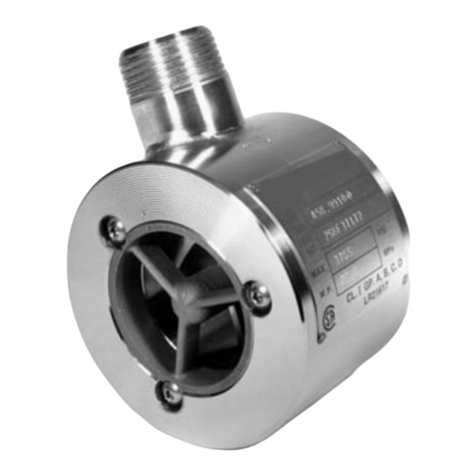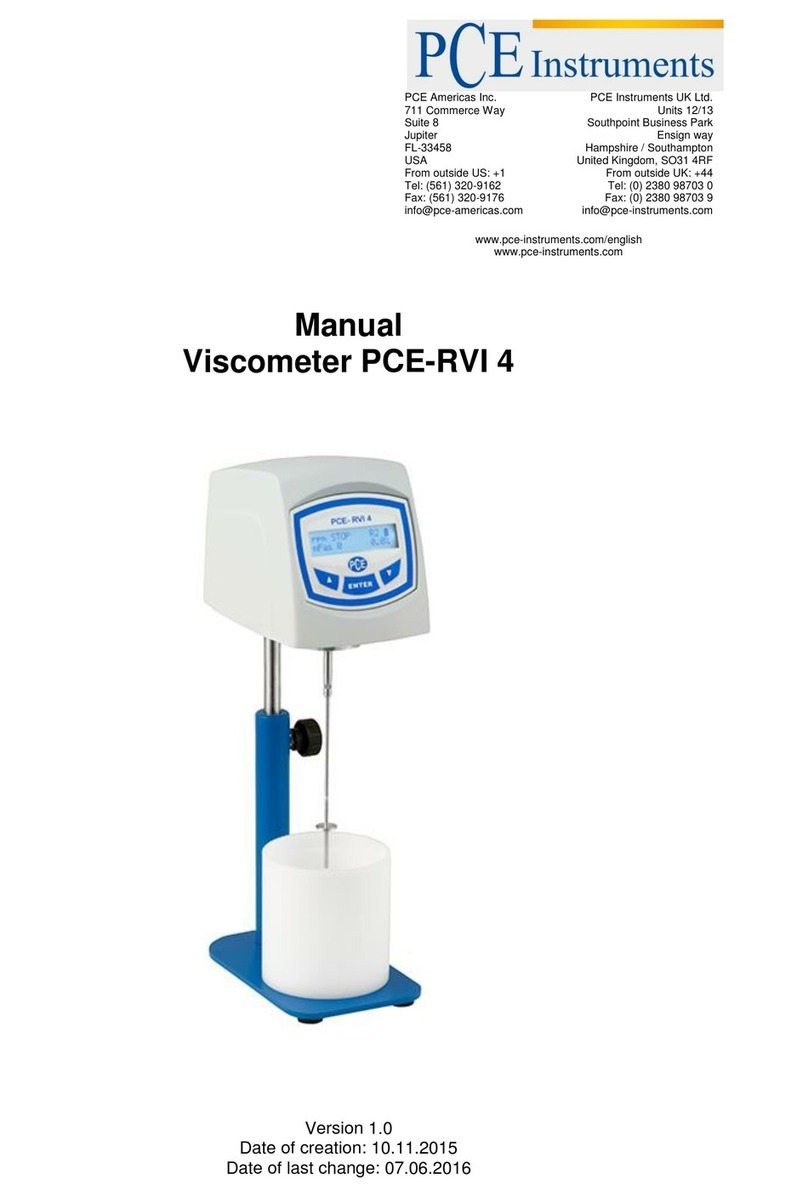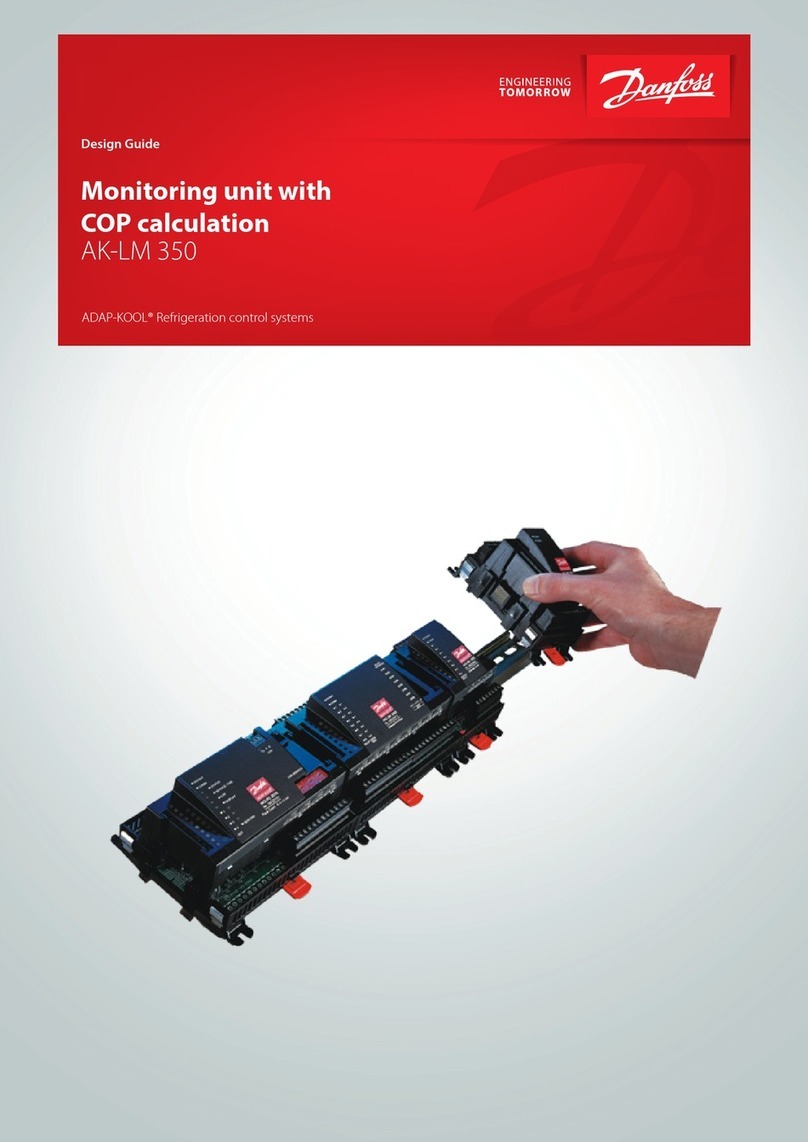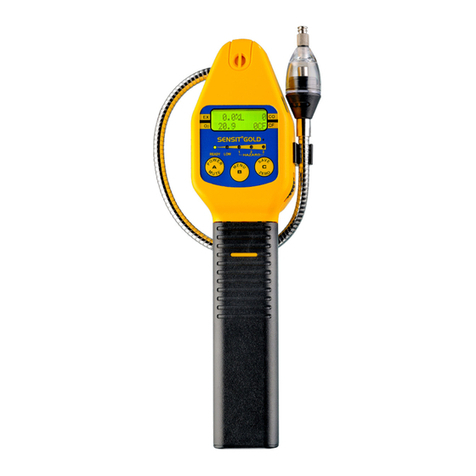JENCO VisionPlus EC 330 User manual
Other JENCO Measuring Instrument manuals

JENCO
JENCO pH610N User manual
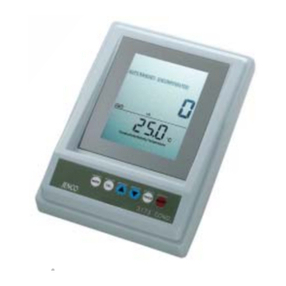
JENCO
JENCO 3173 User manual
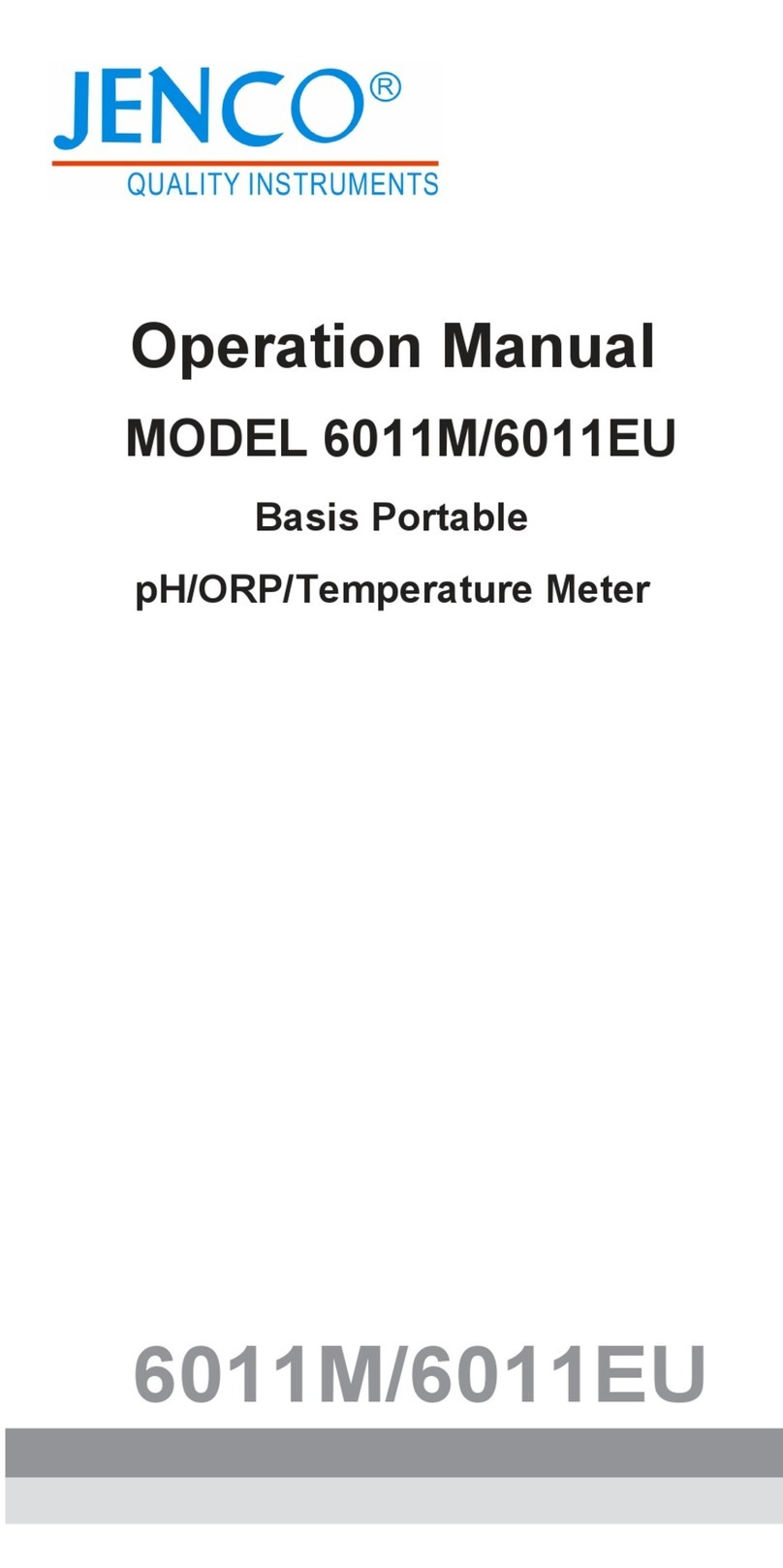
JENCO
JENCO 6011M User manual
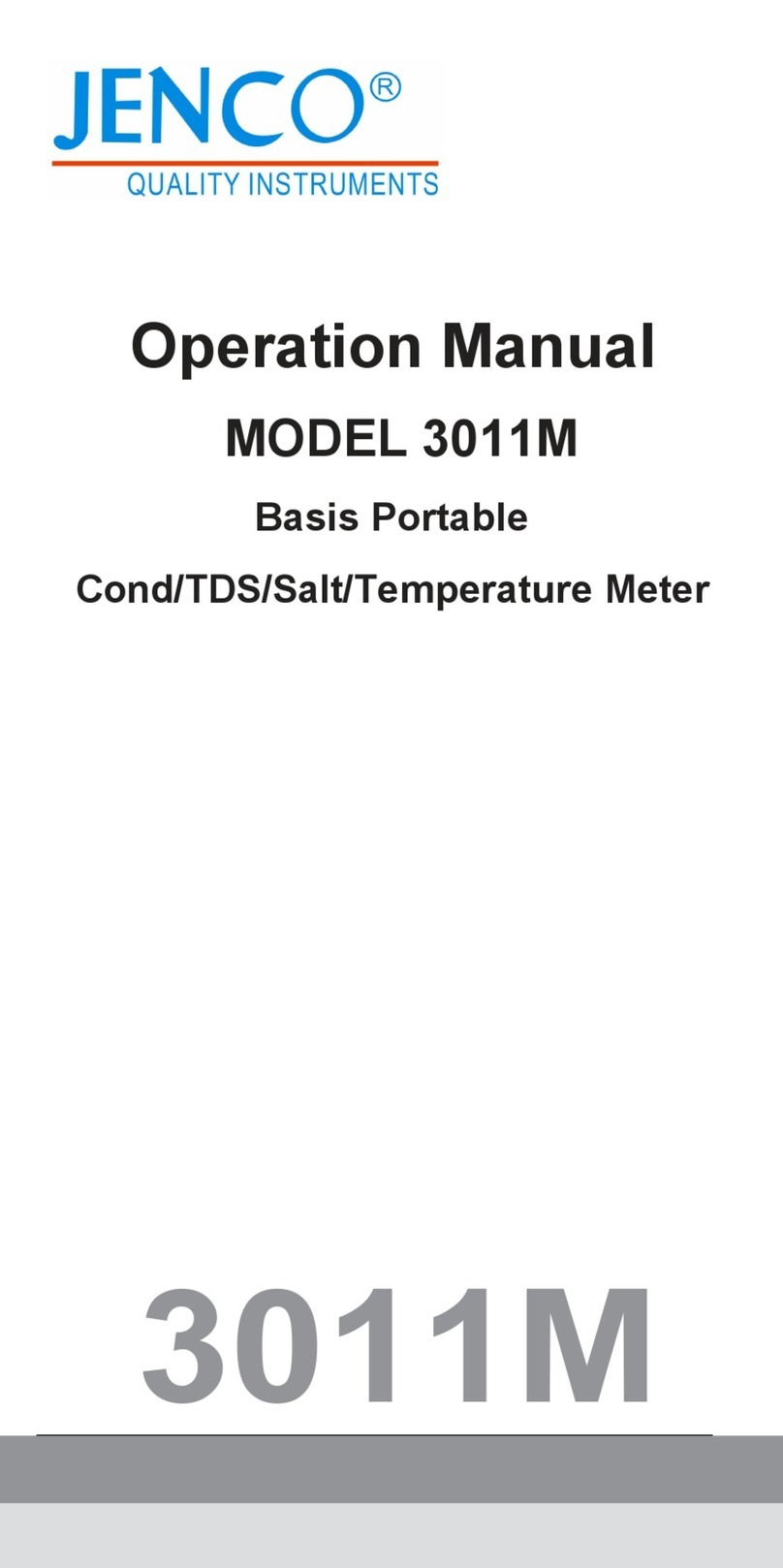
JENCO
JENCO 3011M User manual
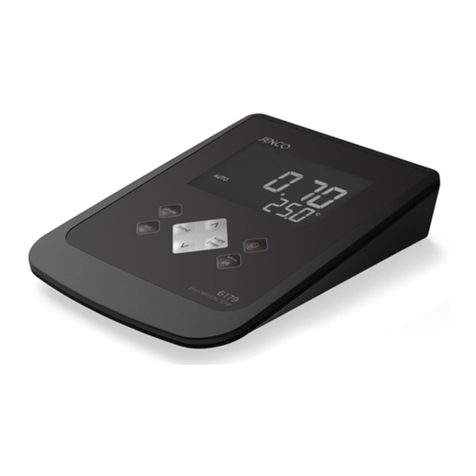
JENCO
JENCO 6179 User manual
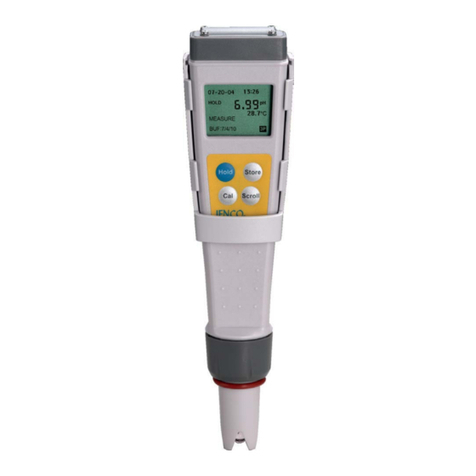
JENCO
JENCO VisionPlus pH 618 User manual

JENCO
JENCO EC3840 User manual

JENCO
JENCO VisionPlus 3177 User manual

JENCO
JENCO 6250 User manual
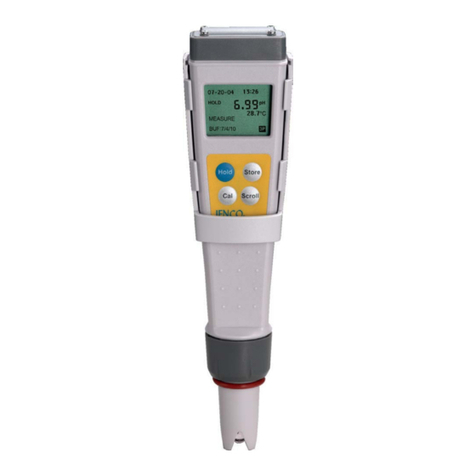
JENCO
JENCO VisionPlus pH618N User manual

JENCO
JENCO VisionPlus pH630 User manual
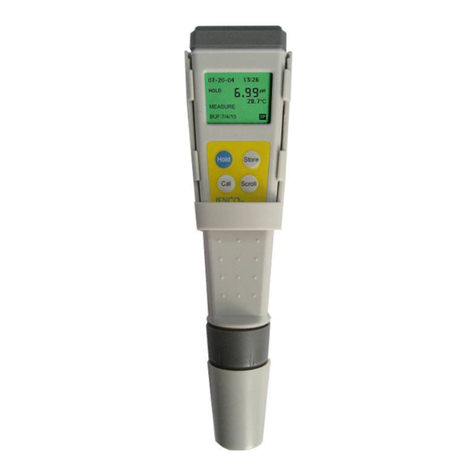
JENCO
JENCO VisionPlus pH618N User manual

JENCO
JENCO 3020M User manual

JENCO
JENCO VisionPlus 6177 User manual

JENCO
JENCO 6360 User manual
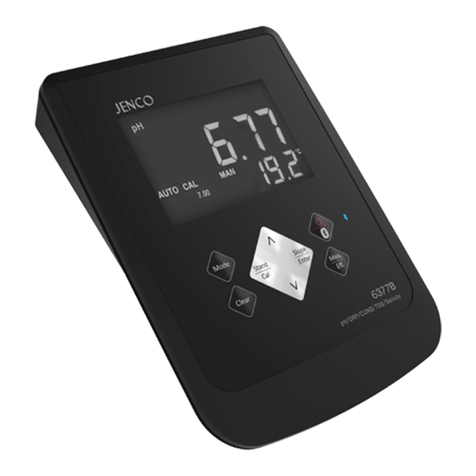
JENCO
JENCO 6377MB User manual
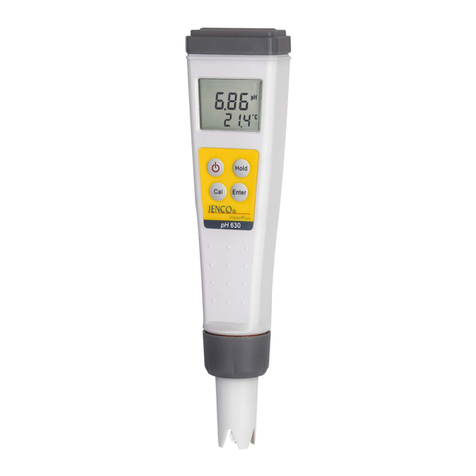
JENCO
JENCO VisionPlus pH630FA User manual

JENCO
JENCO VisionPlus pH6810 User manual
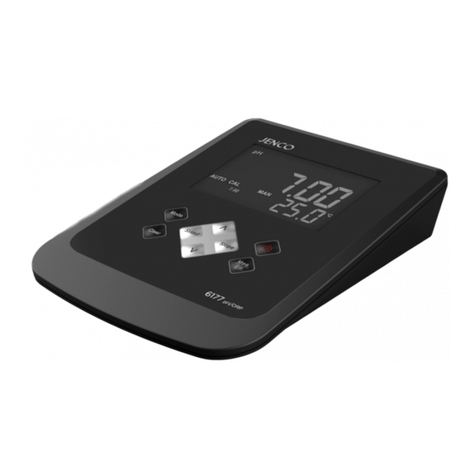
JENCO
JENCO 6177M User manual

JENCO
JENCO 3175-307A User manual
Popular Measuring Instrument manuals by other brands
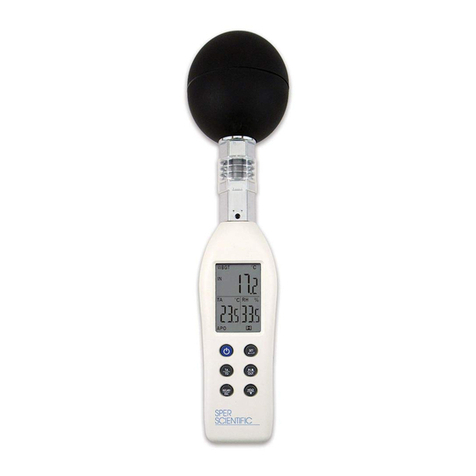
Sper scientific
Sper scientific 801038 instruction manual

Akron
Akron 3578 STREAMMASTER Installation, operating and maintenance instructions
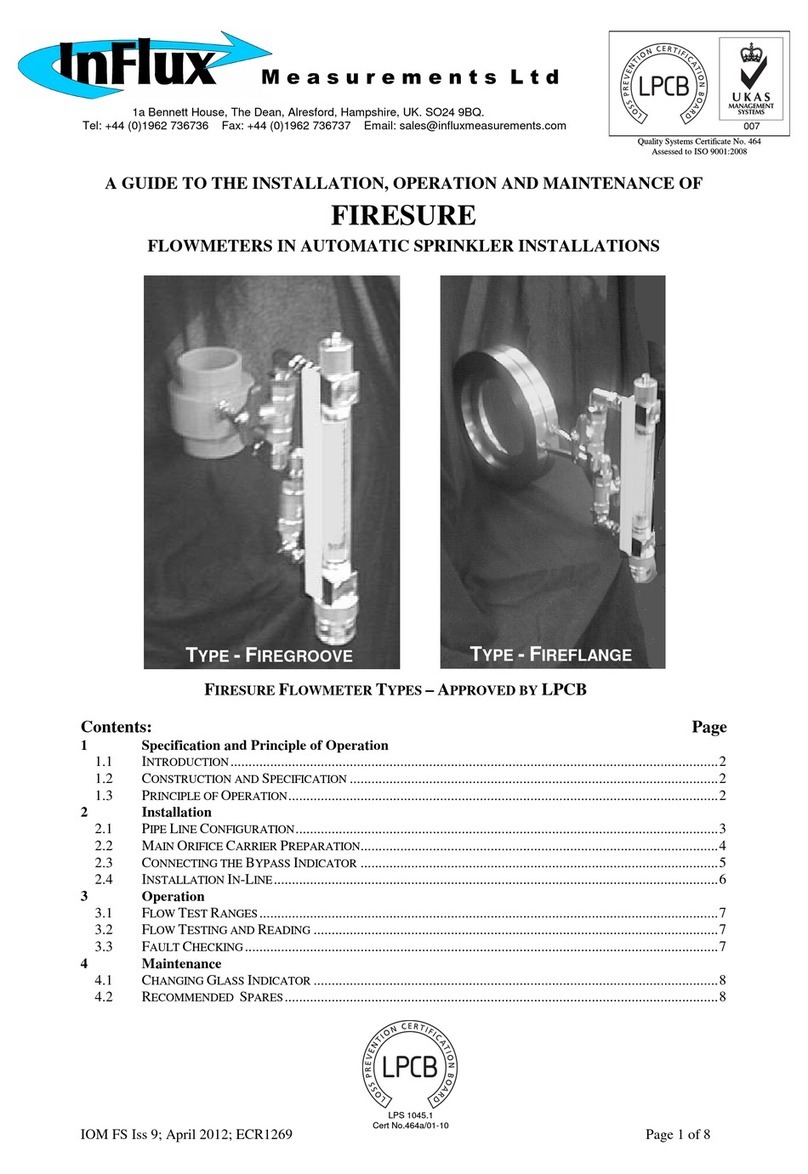
INFLUX MEASUREMENTS
INFLUX MEASUREMENTS FIRESURE FIREGROOVE GUIDE TO THE INSTALLATION, OPERATION AND MAINTENANCE
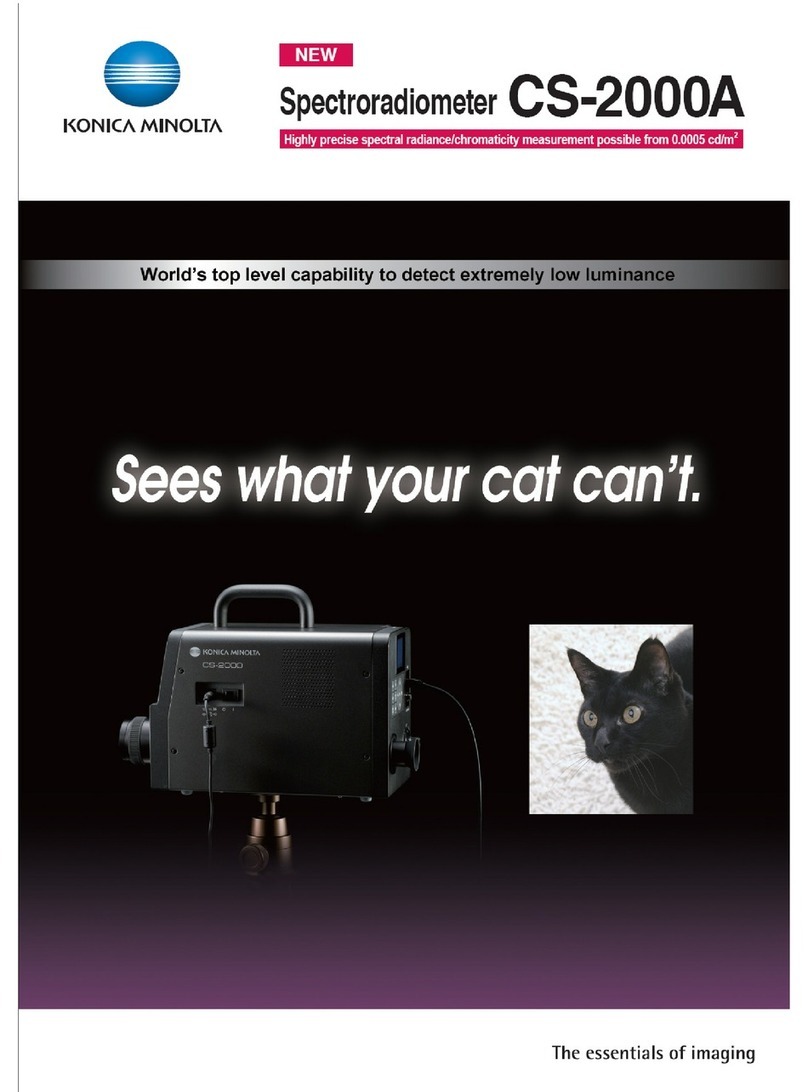
Konica Minolta
Konica Minolta CS-2000A - AUTRE brochure
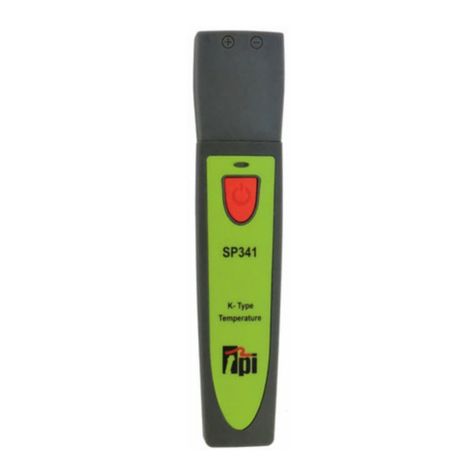
TPI
TPI SP341 manual
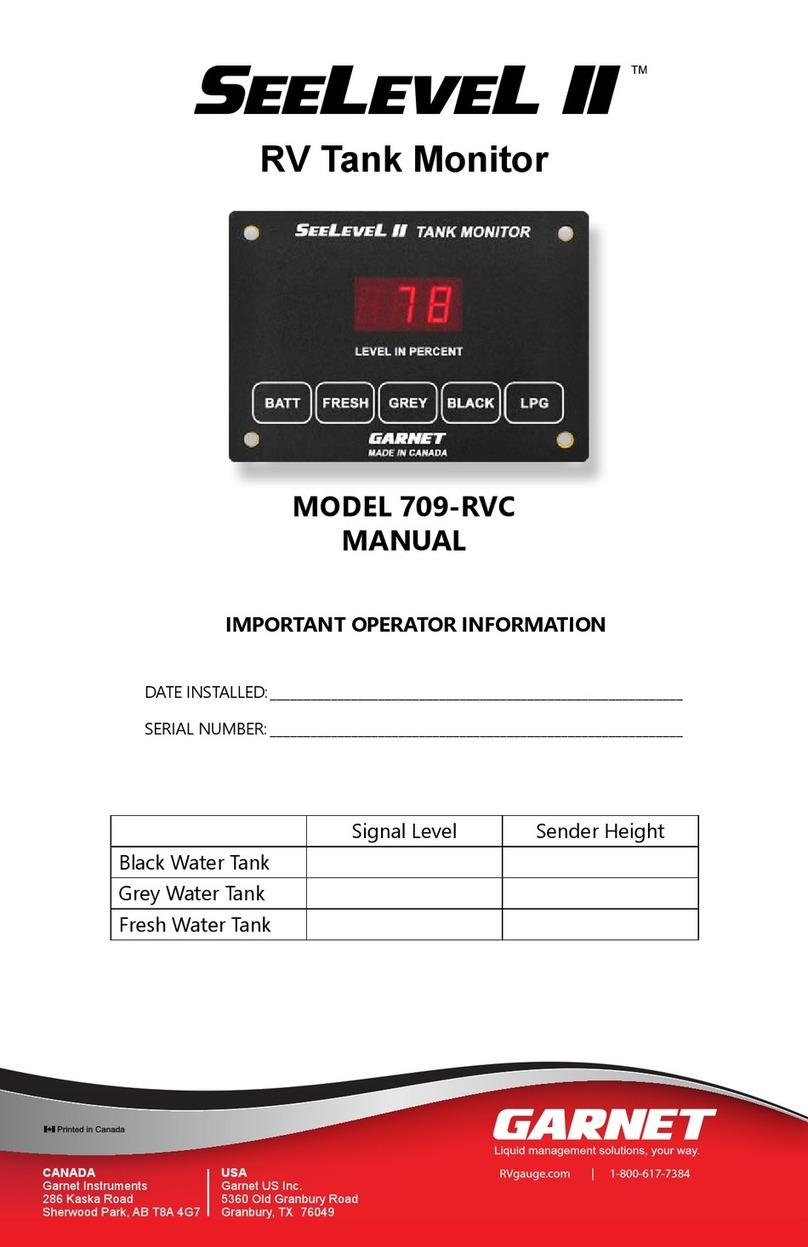
Garnet
Garnet SeeLeveL II 709-RVC manual












